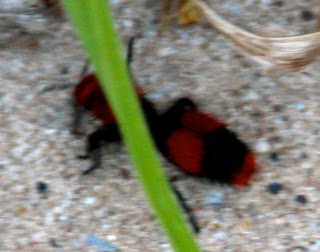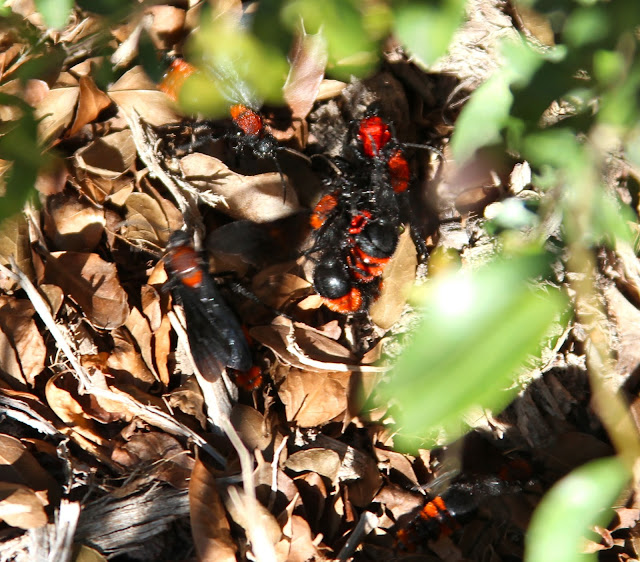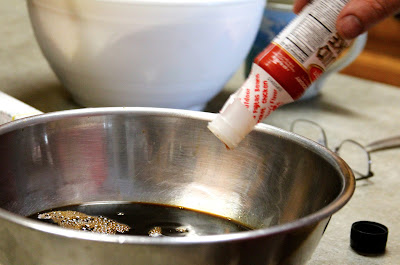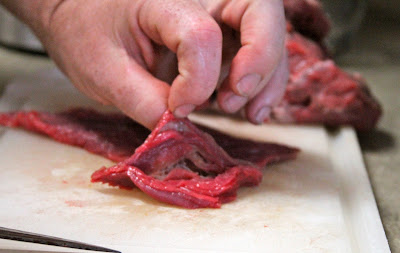http://www.cicadamania.com/
There are good maps of the cicada emergence at this link:
http://magicicada.org/magicicada_ii.php
I haven't found many cicadas or cicada "shells" in my yard this year, but I did find one - you can see it in real light below.
Here is a good picture at dusk that shows the beautiful veining of the wings.
I hear them periodically (every year) - they are LOUD when you get up next a tree where they are buzzing. Next year and 2015, I expect their populations to be much larger and they will be even louder than now.
Cicada Killers: I see them in large numbers flying back and forth and harassing each other. They try to establish a territory and chase all other males away as they wait for females to come along. The males are aggressive toward each other, but they don’t bother humans because the males can’t sting.
The females are bigger, nearly 2 inches long and fatter. Once mated, the females spend their time digging a 6-10 inch long burrow (my vegetable garden soil is sandy - that is why I'm seeing them there). Then, over the next 4 weeks the females hunt for cicadas. The female cicada killers can sting, but they are very non-aggressive toward humans and almost never sting unless grabbed or stepped on in bare feet.
Female cicada killers will capture up to 100 cicadas. She stings and paralyzes each one, and then airlifts it back to her burrow. Once in the burrow, she deposits one egg on the paralyzed, cicada so that her larvae will have a fresh and ready meal when it hatches in a few days. The cicada will be eaten alive.
Below are pictures of cicada killers in my vegetable garden. See link below for a discussion of their increasing numbers this year:
http://www.theatlantic.com/national/archive/2013/07/the-cicada-killers-are-coming/277688/
A cicada killer flying to his hole built in my raised bed vegetable garden.
One of many holes in my raised vegetable garden beds.
Cow Killer (aka as Velvet Ant): This wasp doesn’t kill cows but rather it got its name because its sting was said to hurt so bad that it could kill a cow. It is a wingless, hairy, orange-red, solitary wasp that actually acts and looks like a large ant. It is looking for cicada killer burrows. The cow killer goes down the burrow of the cicada killer and lays her own egg on the paralyzed cicada. But when her egg hatches it eats the larvae of the cicada killer, not the cicada.
The adult velvet ants feed on nectar and water. When it is ready to become an adult, the velvet ant pupates inside the nest of the wasp where it will emerge the next season.
Below are pictures of the velvet ant (aka cow killer) taken in my flower garden. The female has no wings. Here is an article on these insects:
https://insects.tamu.edu/fieldguide/cimg344.html
Female - no wings
Check out all the males with wings! These pictures were taken in my flower garden.






















































